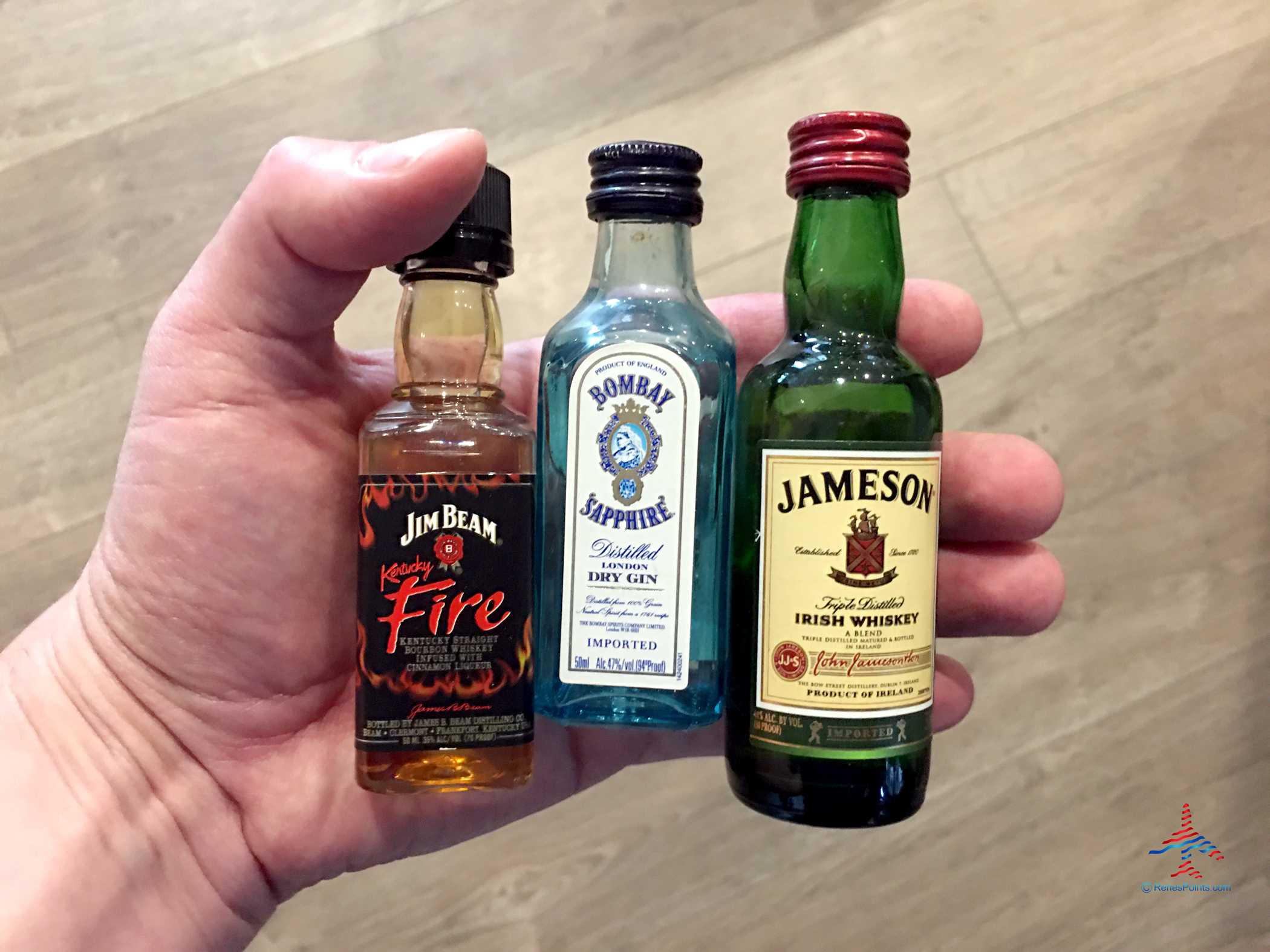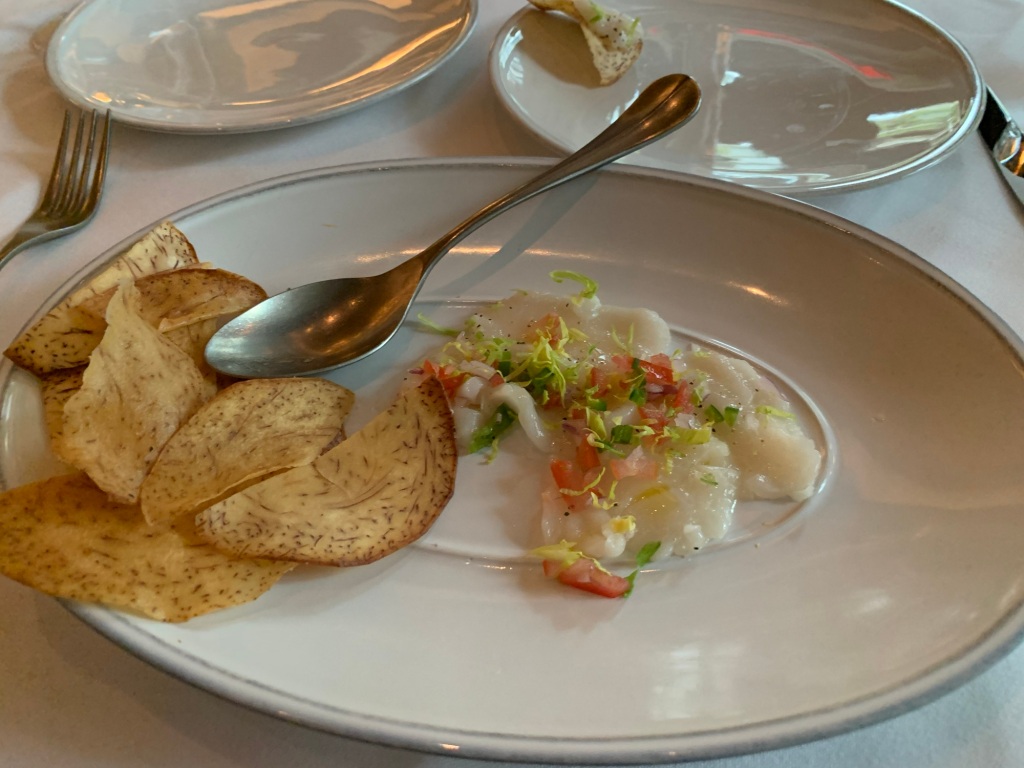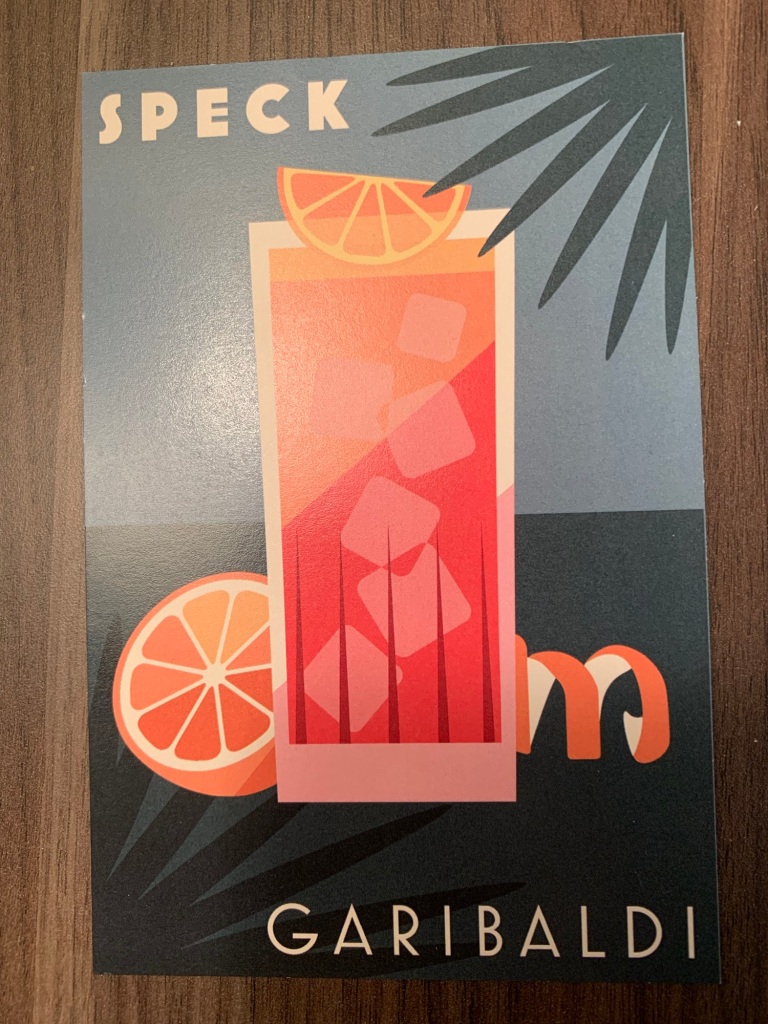
I typically don’t drink any adult beverages in airports or on planes. I figure traveling is one of those times when I want to be mentally sharp and at peak decision-making ability, in view of the various snags and issues that can arise during air travel these days.
I recognize, however, that other people have adopted a different approach to alcohol and air travel. Take, for example, the British passengers on a recent SunExpress flight to Turkey. Those thirsty passengers exhausted the plane’s supply of wine and beer only 25 minutes into their four-hour flight. The CEO of SunExpress said he thought British passengers were “more hedonistic” and more “high-spend” than travelers from other markets. No kidding!
Details on the specific SunExpress flight where this happened are sketchy, and there is no information on how extensive the supplies were before the flight took off, or what happened once the passengers on the flight learned that all of the booze on board had been consumed. I’m guessing they weren’t particularly happy about it.
I’ve done a decent amount of traveling, but I’ve never been on a plane where anyone in my row was drinking heavily–much less every passenger on the flight. I did sit next to an off-duty flight attendant on a flight once, however, and when we started talking about her job she said that the worst passengers to deal with are people who are drunk, so the flight attendants on this particular flight must have had their hands full. As a passenger, it would be unnerving to know that virtually everyone else on the plane had knocked back a few and were operating under the influence. I think I would have been very relieved when the flight ended and I was able to retrieve my bags and exit the plane without incident.











